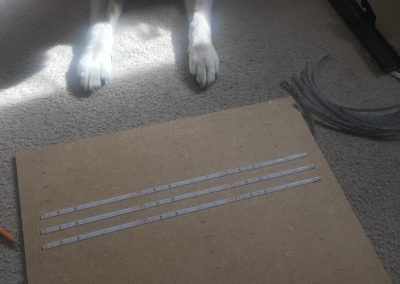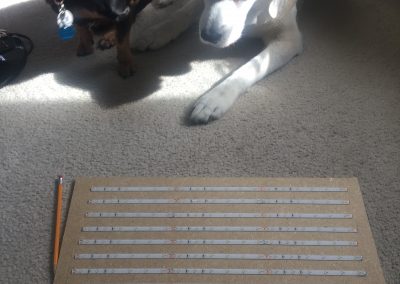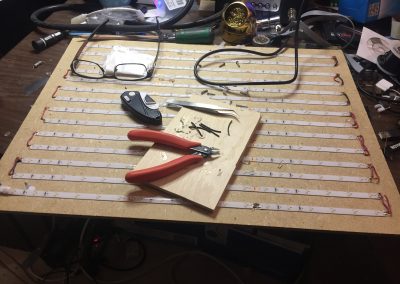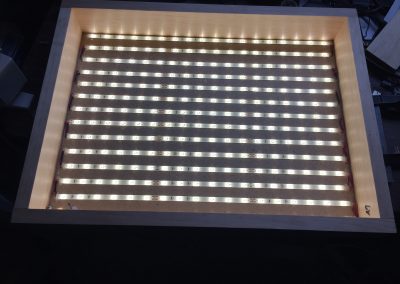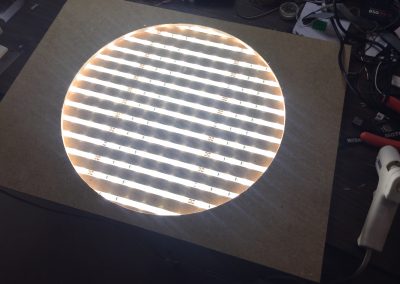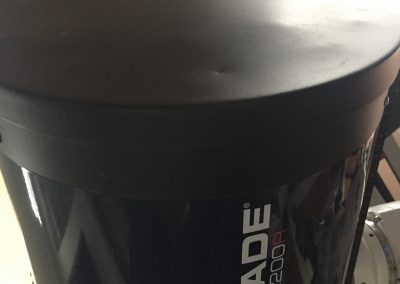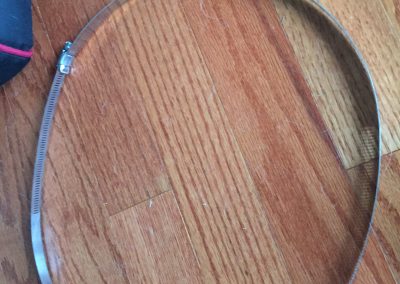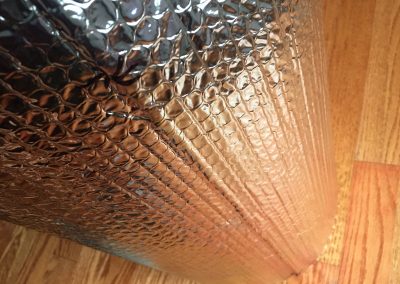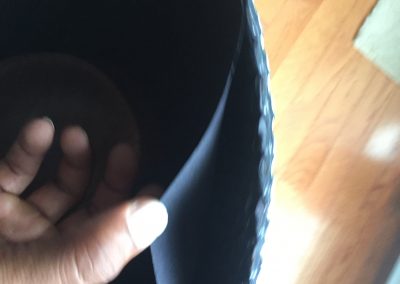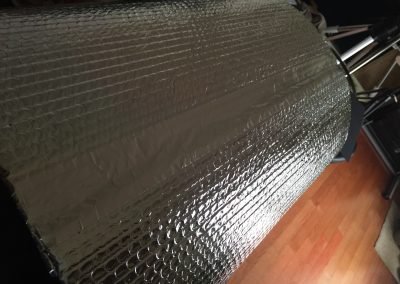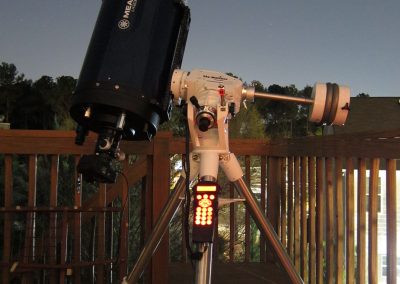An Introduction
I don’t remember a time when the stars, spaceships, and other worlds weren’t a passion of mine. I’ve always been both a Trekkie, a big fan of Star Wars and, generally, all Sci-Fi. I had been talking about the night sky a number of years ago and that Chirstmas my parents bought me a telescope. This was as an adult! It was a Meade ETX-70. My first view of Saturn through that scope, and I was hooked. It was unbelieveable to me that Saturn was right there. Some 1.4 billion kilometers away, but out there. I wanted to see more. For a while, I was content with the resolving power of the ETX, until a trip to Norway prompted me to purchase a decent DSLR camera. After connecting the new camera to the ETX, I realized I needed a bigger scope. For Astrophotographers, this is a well known phenomenon… For me, it started with a whooshing sound eminating somewhere near the center of my left back pocket, as dollars escaped from it. A new scope, mount, a few eye-pieces, some filters, and other accessories later, I have a decent, but not finished, astrophotography rig. To be continued…
Light Box
A light box is pretty simple, it’s basically a box with lights. This particular light box is used to take flat images as a part of the process of stacking images. In astrophotography, many images may be taken of an object, in progression, to later be combined into a single image. The many images, and the process, allow the images to be combined to get a higher quality, higher signal to noise ratio image, than a single image. In astrophotography, there are light, dark, flat, and bias images. They all contribute to signal, or remove noise from the final stacked image.
Keeping Cool…and Warm
One of the best times to take long exposure pictures of the night sky is during the winter. Less humidity, less clouds and less turbulence in the air (ie better “seeing”)…the downside is that it’s COLD. And the scope gets cold and then warm and then cold and then warm, etc… Well for most sites, there’s enough moisture in the air that if a lens is a little colder than the air, dew will condense onto the lens. This is not good for images. Many people use a lens heater, or dew shield for their telescopes. I set out to make a cheap version of a dew shield out of reflective foil and black cardboard paper. It works amazingly and blocks out stray light.
What’s NEXT?
My next astrophoto project will be to build a controller box that allows fully remote operation. As I mentioned, the best times to take pictures in GA seem to be the coldest nights. Having a fully remote scope will allow longer imaging, and more opportunities to take pics. I think further in the future, I’ll look to build a small backyard observatory.
Let me know if you have any questions. mwalker@icecodeatl.com
Design
In many cases, form follow function. And many times I’ll need some type of device, connector, tool, or mounting to do a certain thing. Over the last few years I’ve developed a process that includes sketching the item to capture some basic ideas of what the thing needs to do, and maybe look like…how it might function from a high level, and how I might interact with it. From a sketch, I might narrow it down to a detailed functional sketch, lots of arrows and other directional lines. Next, and more of a recent addition to the process, I’ll bring the drawing into Autodesk Fusion 360. At this point I can start hammering out actual dimensions, connections, and work in the realm of real materials. I can also simulate interactions of parts. At the end I have a device that can either go to the CNC mill, or a 3D printer.
Woodwork / Plasticwork
After purchasing a Inventable X-Carve CNC mill a few years ago, I’m able to more precisely create items out of wood, acrylic, and soft metals like aluminum. Being able to work with many different types of materials has greatly increase my creativity and capabilities. I recently designed and built some very futuristic props for a locally filmed TV show, only because I was able to design and machine material from acrylic sheet.
Photography
Astrophotography is a specialized form of photography. Because Astro pics are taken with very little light, compared to a daylight portraits, there are some things that one would need to be aware of. Many Astrophotography pics use multiple images of a body taken in succession. They are then “stacked”. The stacking process attempts to reduce the amount of noise and increase the signal in the end image. Signal is the part of the image you want to keep, the actual nebula, or planet, etc. Noise is all the other stuff associated with electronics, or heat, or basically anything that is not the image.
Basic Electronics
Many of my astrophotography projects have only required basic electronics knowledge. I’m sure as things become more complex, the electronics may get more complex. For example, if I ever decide to build my own scope, or my own tracking equatorial mount, I expect to have to integrate servos, sensors and controls.

